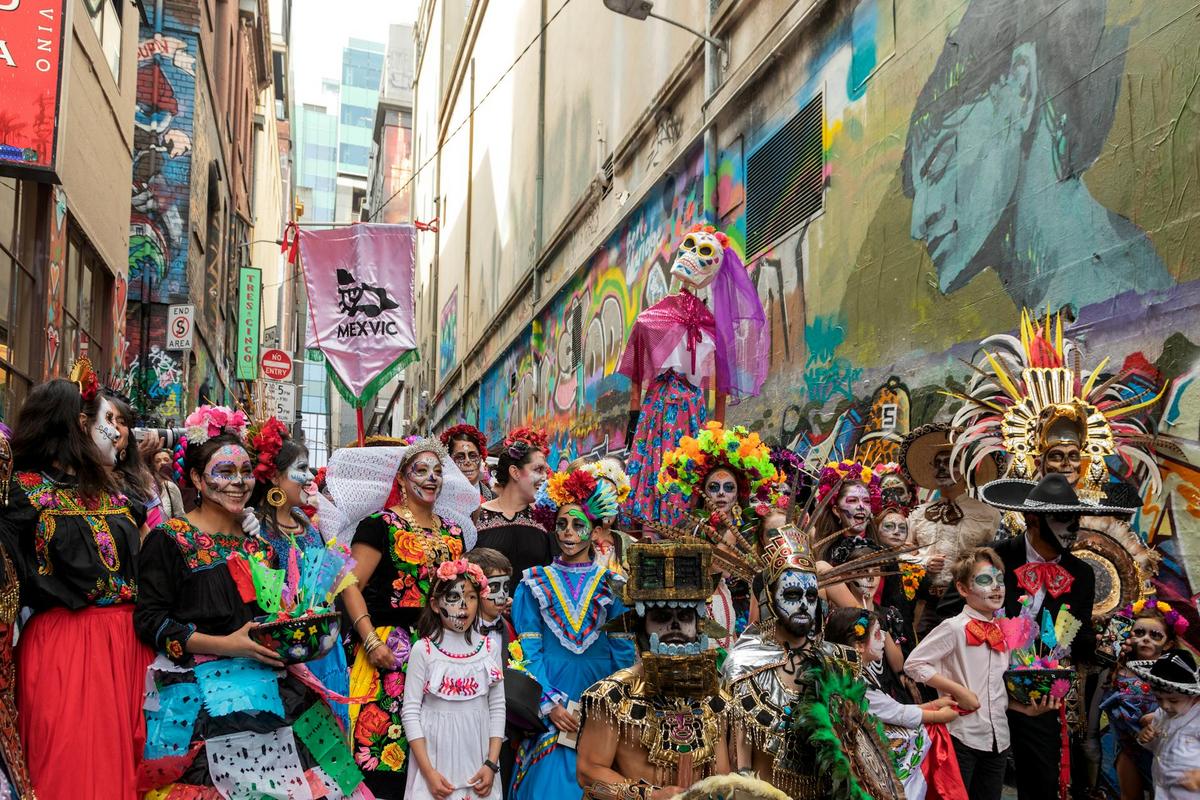
Traditional Folk Instruments and Their Modern Equivalents
Folk music has always been a bridge between the past and present, carrying the echoes of ancient traditions into the modern age. One fascinating aspect of this genre is the evolution of traditional folk instruments and their contemporary counterparts. This exploration not only reveals the resilience of cultural heritage but also showcases the adaptability of music in the face of technological advancements.
Exploring Traditional Folk Instruments
Folk instruments are the heart and soul of traditional music across the globe. They vary widely from region to region, each with its unique sound and history. Instruments such as the Irish tin whistle, the Indian sitar, and the African djembe have enchanted audiences for centuries.
The Modern Equivalents
In today’s world, many of these traditional instruments have modern versions that incorporate technological advancements. For instance, the electric guitar is a contemporary take on the acoustic guitar, offering a broader range of sound and effects. Similarly, digital keyboards can emulate the sounds of classic pianos, harpsichords, and organs, providing musicians with versatility and convenience.
| Traditional Instrument | Modern Equivalent |
|---|---|
| Bagpipes | Electronic Bagpipes |
| Sitar | Electric Sitar |
| Accordion | Digital Accordion |
| Banjo | Electric Banjo |
| Harp | Electric Harp |
| Flute | Electronic Wind Instrument (EWI) |
| Violin | Electric Violin |
| Drums | Electronic Drum Kit |
Expert Insights
According to musicologist Dr. Elena Rojas, “The transition from traditional to modern instruments often involves a balance between preserving the original sound and embracing new possibilities.” This perspective highlights the dynamic nature of music as an art form.
Personal Experiences
Musicians often share how modern instruments have enhanced their performance capabilities. For instance, Jack, a folk guitarist, notes that using an electric guitar allows him to incorporate a variety of effects that were impossible with an acoustic guitar alone. This blend of old and new creates a rich tapestry of sound that resonates with diverse audiences.
Actionable Tips for Musicians
- Experiment with both traditional and modern instruments to find your unique sound.
- Consider taking lessons to understand the nuances of both instrument types.
- Explore software that can digitally emulate traditional sounds for composing and recording.
Conclusion
The relationship between traditional folk instruments and their modern equivalents is a testament to the enduring nature of music. As we continue to innovate, these instruments evolve, offering new ways to express age-old stories and emotions. Whether you are a musician or a music enthusiast, exploring these instruments can provide a deeper appreciation for the cultural and technological journey of music.
FAQs
What are some benefits of modern musical instruments?
Modern instruments often offer enhanced sound quality, portability, and the ability to integrate with digital technology for recording and performance.
Can I learn to play a traditional instrument on a modern equivalent?
Yes, learning on a modern instrument can provide similar foundational skills, although some techniques may vary slightly between traditional and modern versions.


